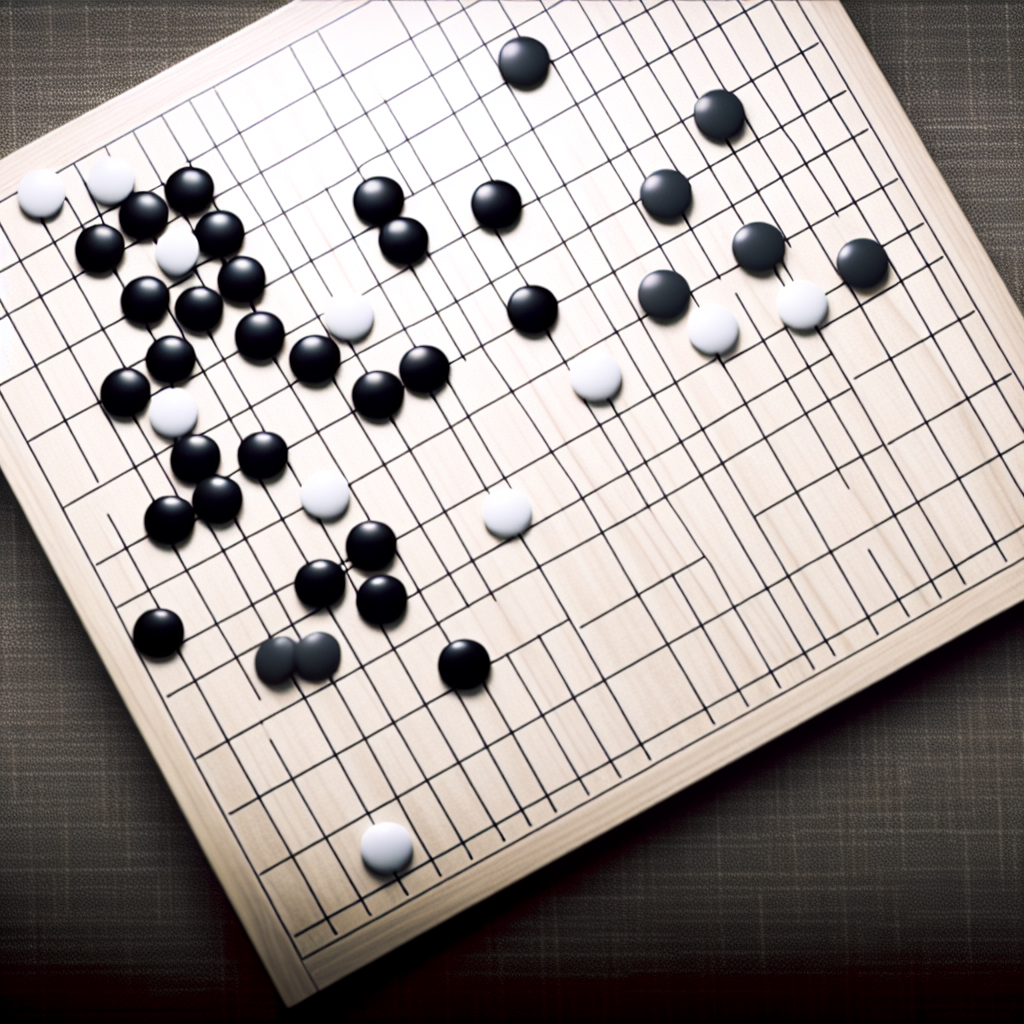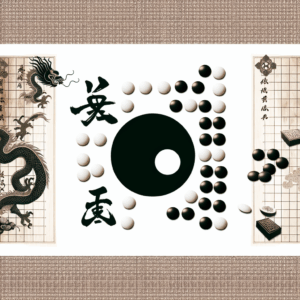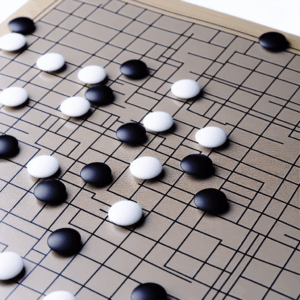Influence Building vs Endgame: Baduk Strategy Guide
In the intricate world of Baduk, two strategic concepts take center stage: influence building and the endgame. These strategies can shape the outcome of your matches, leading to exciting turnarounds, or securing your early advantage. This guide will delve into both strategies, helping you become a more versatile Baduk player.
Understanding Influence Building in Baduk
Influence building is all about controlling large areas of the board indirectly. It’s less about laying claim to territory outright, and more about creating potential for future expansion. Understanding how to build influence effectively will allow you to guide the flow of the game in your favor.
How to Build Influence in Baduk
Building influence primarily involves placing stones in a way that they exert control over large areas of the board. High positions, like the 4th or 5th line, are often used for this purpose. You can also build influence by creating solid walls after a fight or by utilizing the power of a strong shape.
Benefits of Influence Building
By adopting an influence-oriented strategy, you can dictate the direction of the game and put your opponent on the back foot. Influence can be used to attack weak groups, develop large frameworks, or even create moyos (large potential territories).
Endgame Strategy in Baduk
While influence building is about the early and middle stages of the game, endgame strategy is about how you play when most of the board is settled. It’s about maximizing points and minimizing your opponent’s gains as the game draws to a close.
How to Play the Endgame
Playing the endgame successfully involves a keen understanding of sente (initiative) and gote (responsive move), as well as the ability to calculate the value of different endgame moves. You should aim to play the biggest moves first while also taking care to prevent your opponent from making large gains.
Benefits of Good Endgame Play
A strong endgame can make up for a weak opening or middle game, and it can also secure a close victory in a tight match. It’s often said that the endgame is where kyu-level players become dan-level players, highlighting its importance in high-level play.
Influence Building vs Endgame: Practical Scenarios
Consider a situation where you have built a large framework in the center of the board with your influence. Your opponent, on the other hand, has secured several small territories around the edges. In this situation, your influence-building strategy could potentially develop into a vast territory, but it’s also vulnerable to invasion.
Now, imagine you’re in the endgame and you have a choice between a sente move that gains you 3 points, and a gote move that gains you 5 points. Choosing the sente move could force your opponent to respond, giving you the initiative to play the next big move. But if there are no other big moves left, the gote move might be the better choice.
Tips and Best Practices
When building influence, remember to maintain flexibility. Don’t get too attached to your frameworks or moyos, as they can often be reduced or invaded. Also, remember that influence is about potential, not guaranteed territory.
In the endgame, practice counting and evaluation to identify the biggest moves. Try to maintain sente as much as possible, but don’t be afraid to play gote moves if they’re significantly bigger.
Conclusion
Whether you’re setting the pace with influence building or navigating the complexities of the endgame, mastering these strategies can elevate your Baduk play to new heights. Remember, the best players are those who can adapt their strategies to the ever-changing landscape of the Baduk board. Keep practicing, stay flexible, and you’ll see your grasp of these crucial strategies improve.



Comments